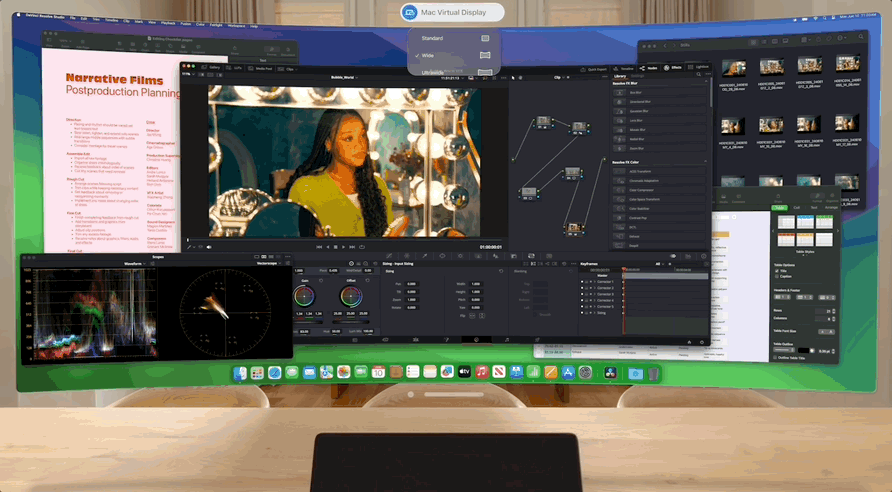- A new report claims Apple is developing two new Vision Pro headset models
- One version will apparently be lighter and more affordable
- The other will connect to a Mac for a lower-latency experience
Despite its technical brilliance, Apple’s Vision Pro headset has struggled to sweep consumers off their feet, with serious questions being raised about the future of the virtual reality (VR) headset. In spite of this potential crisis, though, Apple apparently has a plan to right the ship and get the Vision Pro back on track.
At least, that’s according to Bloomberg journalist Mark Gurman’s latest Power On newsletter. There, Gurman says that Apple is working on two new Vision Pro models that could shake up the device and potentially give it a new foothold in the industry.
Neither of these models will be simple refreshes. While Gurman says that Apple had previously considered a few minor tweaks – like changing the headset’s chip from the M2 to the M5 chip – Apple is apparently now mulling more ambitious plans.
Instead, Apple is “now looking to go further,” Gurman says, with one device that is both cheaper and more lightweight than the current Vision Pro, which should make it both more accessible to consumers and reduce the neck strain that can sometimes occur after long periods of use.
The second Vision Pro in development is “more intriguing,” Gurman believes. Supposedly, this model will connect directly to a Mac, which will allow for greatly reduced latency. Some Vision Pro headsets are being used in surgery and in flight simulators, Gurman says, which are two areas where reduced latency will be incredibly important.
Addressing two key problems
Interestingly, Gurman likens the second Vision Pro to a product Apple reportedly canceled in January: a set of lightweight glasses outfitted with augmented reality (AR) capabilities that would be tethered to a Mac. The ultimate goal for Apple is to create an entirely wireless pair of AR glasses that a user can wear all day, but it will take many years before that device is ready for prime time.
Still, even if the next Vision Pro isn’t as lightweight as a pair of glasses, anything that reduces its weight will be a welcome change. I don’t own a Vision Pro myself, and one of the main reasons is that I’ve heard the stories of the pain caused by wearing it for too long. If I’m going to make a significant investment in a product like this, I want to be able to use it without risking soreness after just a few hours’ usage.
The other reason I’ve steered clear is the eye-watering price, with $3,500 feeling incredibly steep when the Vision Pro is still in its early stages. I know I’m not alone here, with multiple reports suggesting that sales of the device have been very slow.
If Apple can address both of those problems, I might finally be tempted to fork out for a Vision Pro, particularly for its Ultrawide Mac Virtual Display mode. We’ve previously described that as a “lightbulb moment” for the device, given it gives you a massive 32:9 aspect ratio – the equivalent of two displays side-by-side. That would definitely be more enticing on a headset that’s more comfortable, and also potentially not too much more expensive than buying an extra monitor.
I’m not entirely convinced yet, but at least Apple seems to be heading in the right direction.





